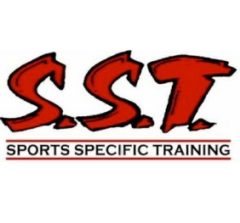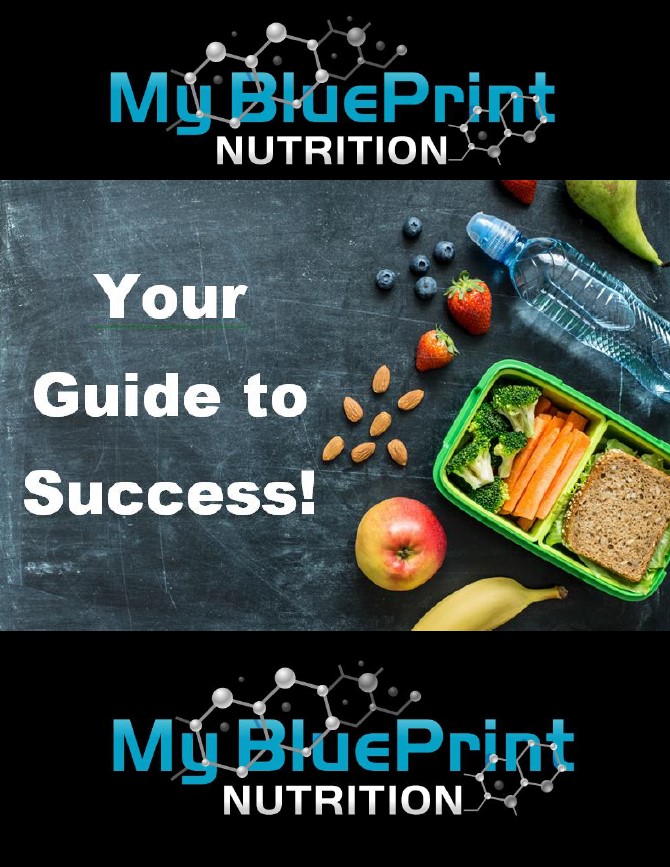As somebody who has spent many years studying exercise nutrition and human physiology, there are only a handful of supplements I would actually recommend to my clients, regardless of whether they’re elite athletes or not.
Recently, I covered how intermittent fasting can be a very healthy and safe method to accelerate your fat loss, and how BCAA’s can be taken while training in a fasted state to limit muscle protein breakdown. To read, click here.
In my personal opinion, I believe that Omega-3 fatty acids should be a staple in everybody’s diet. In fact, Omega-3’s are among the only supplements endorsed by the American Heart Association because of their ability to reduce the risk of cardiovascular disease and heart attack!
Omega-3’s, or α-linoleic acid, are a class of polyunsaturated fatty acids that are largely present in fish oils. The body is unable to synthesize it on its own, so it must be consumed from the diet. Now unless you are eating 6-8oz of fish every day, you are likely not meeting your daily requirements. The 2 fatty acids of interest within Omega-3’s are EPA and DHA, which are the driving force behind many of the health benefits of Omega-3’s.
Why do I vouch for Omega-3’s 100% of the time?
Omega-3’s are among the strongest dietary sources of anti-inflammatory’s, which if you recall from my previous blog inflammation comes from a variety of daily sources and can impair performance. Perhaps even more importantly, strong evidence indicates that Omega-3 plays a vital role in improving cognition, and may prevent the accumulation of Beta-Amyloid proteins associated with Alzheimer’s Disease! This shouldn’t be surprising considering a large part of our brain matter contains fatty fish oils.
Those two benefits alone should be reason enough to prioritize Omega-3’s into your daily diet. However, it’s the anabolic properties that really seal the deal for me as my “go-to” supplement of choice (I strongly dislike seafood so my dietary intake is minimal).
Studies show that Omega-3 supplementation combined with protein post workout increases the anabolic response (protein synthesis rates) in both middle and older age adults.
In addition, Omega-3 can aid in the post-workout recovery process by directly limiting the amount of inflammation that occurs after a hard training session.
Lastly, Omega-3 also has fat burning properties which can help improve body composition. By regulating hormones like insulin and leptin, Omega-3’s will keep your metabolism highly efficient, promoting fat use versus fat storage.
Stop by SST today and give our Nutrition + Butts & Guts boot camp package a try!
Chris Anderi
Head Strength Coach, SST Burlington
MSc candidate, Physiology & Nutrition
CSEP-CEP
chico7@sstcanada.com









